Iron Maiden – The Number of the Beast
Before this, Iron Maiden was a hungry, streetwise band on the rise, but The Number of the Beast launched them into the stratosphere. The sound is bigger, meaner, and sharper, like steel cutting through bone.

Before this, Iron Maiden was a hungry, streetwise band on the rise, but The Number of the Beast launched them into the stratosphere. The sound is bigger, meaner, and sharper, like steel cutting through bone.

Tattoo You may be stitched together from leftovers, but it kicks harder than most planned albums. Loud, sly, and strangely heartfelt, it proves the Stones could still hit hard even when coasting—because even their scraps bleed swagger.

Escape is glossy, grandiose, and totally uncool. It aimed for the bleachers and landed in the collective memory of a generation. what keeps it from being just another early-’80s slab of corporate gloss is that it feels like the band means every word.
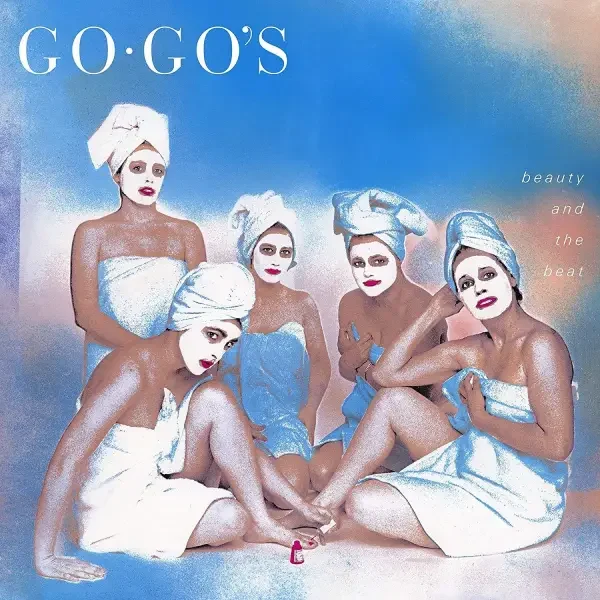
What really gives Beauty and the Beat its staying power is how much it feels like a snapshot of real people having the time of their lives, even when the songs hint at emotional wreckage beneath the surface. It’s DIY punk polish painted in glossy pink graffiti.

4 was about radio dominance, swagger in tight pants, and choruses built to echo off the walls of every roller rink in America. Lou Gramm belts like he’s auditioning to out-sing the engine of a Camaro, and somehow, he wins.

Left for dead after Sabbath, Ozzy roared back with Blizzard of Ozz, a solo debut that rewrote metal’s rules. Randy Rhoads’ legendary guitar work fused classical finesse with raw power, while Ozzy’s unhinged vocals made every track electric. Dark, melodic, and defiant—it wasn’t just a comeback, it was a revolution.
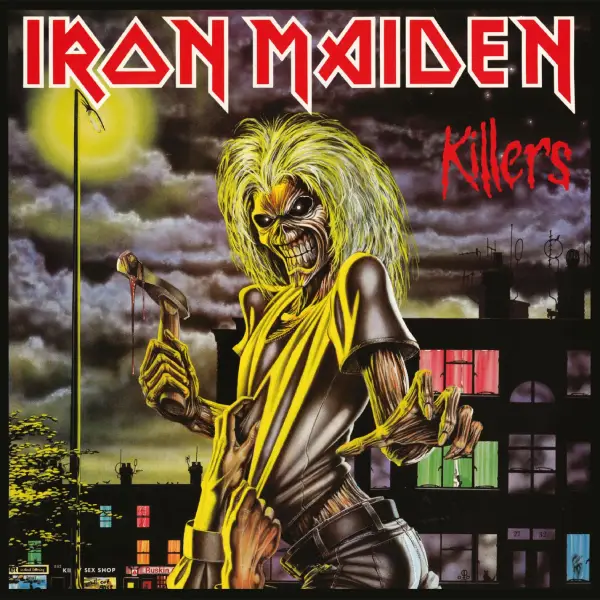
Killers is a blistering showcase of Iron Maiden’s raw energy, technical prowess, and early ambition, cementing their position as pioneers of the New Wave of British Heavy Metal. Released in 1981, this sophomore album captures the band’s darker, grittier edge, with intricate guitar work and driving rhythms that highlight their relentless intensity.
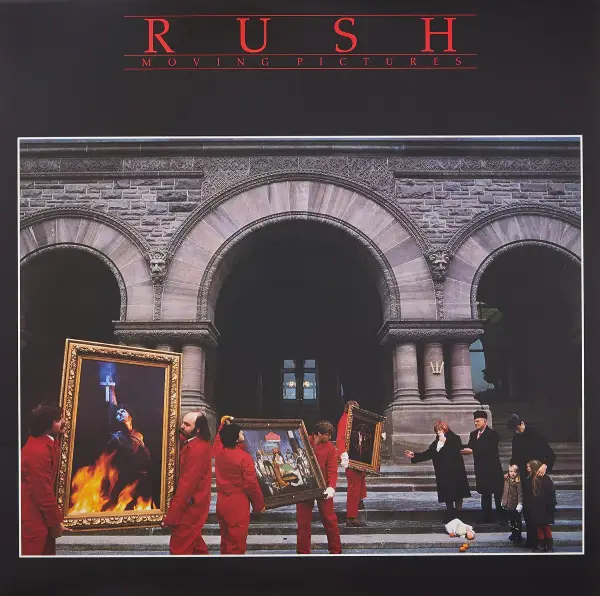
Moving Pictures is a progressive rock masterpiece that captures the Rush’s unique ability to blend technical brilliance with compelling storytelling. Released in 1981, this album represents a perfect balance between intricate musicianship and accessibility, making it one of Rush’s most enduring and celebrated works.
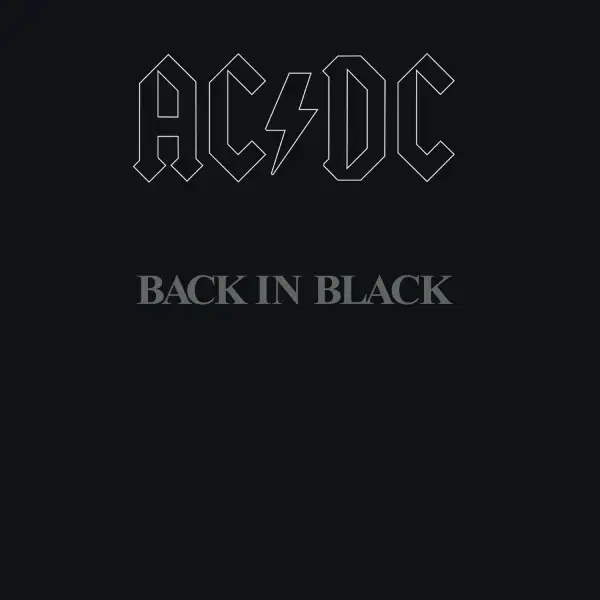
Back in Black torches the past and then rebuilds it, and cranks the volume higher. It’s not delicate. It’s not subtle. But it’s immortal. And for a band that stared death in the face, it was the only way forward: loud, raw, and defiantly alive.
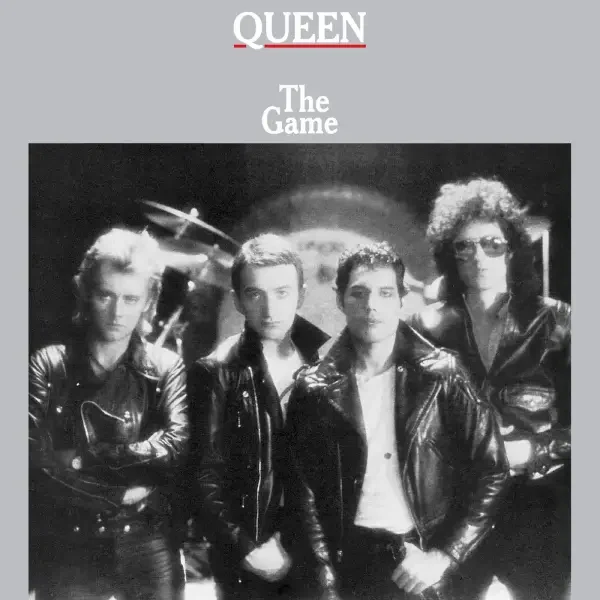
The Game isn’t the band’s grandest statement, but it is their tightest—ten tracks, no filler, and a fresh grip on what it means to be massive without always being majestic. This is Queen trimming the fat and still showing up with swagger to burn.